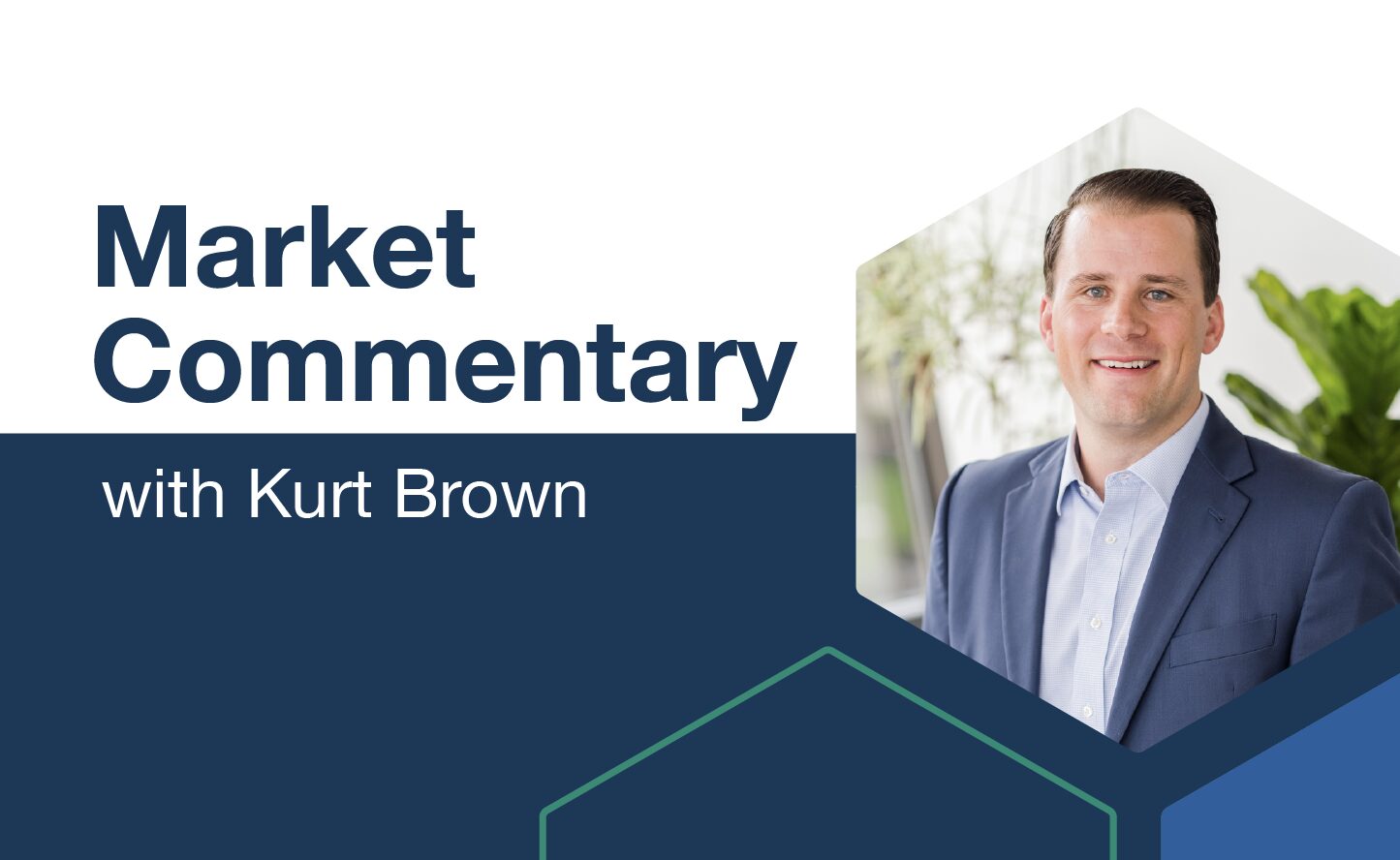September 2014 Financial Markets Summary
Traveling to other countries, even just across the border to Canada, is always a learning experience. The first thing is to remember the conversion rules for miles to kilometers. Nothing like getting stopped for speeding and finding out that 60 km is only about 35 mph, not 60 mph. Then there is the gallons-to-liter conversion when it comes to filling the gas tank. We quickly realized gas costs about 40% more in Canada than here in the U.S. Food, beverages, and lodging all cost more for similar quality. When we asked the locals about this, they all responded with the same comment. “That’s how we pay for our free health care.” So the next time you are at the pump, remember that our relatively low gas prices could be much higher down the road, and remember that very little in life is free.
August was certainly one of the more schizophrenic months for the markets in recent memory. Following a small loss in July, the S&P 500 was down as much as 4% in early August, but came roaring back to end the month at a record high level. This kind of gyration causes havoc with market timers and shows there is a lot more to successful investing than technical analysis. We wondered last month if this was the start of a long-anticipated correction. After all, it has been more than two years without a 10% pullback. But alas, all we got was a bit of a tease.
Consumer confidence is at a post-recession, seven-year high. Folks think jobs are plentiful, a big change from mid-2008. Oil prices remain low, and could go even lower here in the U.S. The dollar has been surprisingly resilient, still perhaps the cleanest shirt in the dirty laundry. Manufacturing activity jumped nearly 20% in August, another sign the economy continues to improve. So why worry? There is always reason to be cautious when markets are at record high levels. We would be even more cautious if there was evidence the average investor was moving significant dollars into stocks. That has not happened, yet. And flows into bonds continue to be positive, despite yields that are unattractive at best
Despite higher levels of tension in Europe and a struggling international stock market, high-dividend foreign stocks are doing well this year. Emerging market stocks are having a good year, doing better than even domestic stock markets. But you would not know it if you listen to broadcast media. Precious metal stocks, energy, real estate, and healthcare remain the leading sectors this year. This may be a good time to review your portfolio allocation, and capture outsized gains to re-balance and keep things diversified. More importantly, protect the money you might need from your portfolio over the next 3-5 years by keeping it in cash, CDs, or short-maturity bonds, despite their unattractive yields. The rest of your portfolio should be invested in a truly diversified mix that matches your risk tolerance and long-term goals. Finally, as we always do, we remind our readers that today’s headlines and tomorrow’s reality are seldom the same.
| Asset Index Category | Three Month | 2014 YTD | 2013 | 10-Year |
| S&P 500 Index – Large Companies | 4.1% | 8.4% | 29.6% | 6.1% |
| S&P 400 Index – Mid-Size Companies | 4.4% | 7.1% | 31.5% | 9.5% |
| Russell 2000 Index – Small Companies | 3.5% | 0.9% | 37.0% | 7.9% |
| MSCI EAFE Index – Developed Intl | -1.6% | 0.5% | 19.4% | 4.1% |
| MSCI EM Index – Emerging Markets | 5.9% | 8.8% | -4.9% | 9.4% |
| S&P Global Natural Resources Index | 2.6% | 6.1% | 1.5% | 9.5% |
| London Fix Gold Price Index | 2.8% | 6.8% | -27.3% | 12.2% |
| Total U.S. Bond Index | 0.9% | 4.8% | -2.2% | 4.7% |
| Municipal Bond Index | 1.1% | 5.7% | -2.3% | 3.8% |
| Emerging Market Bond Index | 0.9% | 6.7% | -7.2% | 8.3% |
| Long-Short Equity Index | 1.7% | 3.5% | 14.6% | 6.2% |
| World Allocation (ACWI) Index | 1.5% | 5.3% | 10.1% | 7.4% |
Please remember that past performance may not be indicative of future results. Different types of investments involve varying degrees of risk, and there can be no assurance that any specific investment, strategy, or product or any non-investment related content, made reference to directly or indirectly in this newsletter, will be suitable for your individual situation, or prove successful. This material is distributed by PDS Planning, Inc. and is for information purposes only. Although information has been obtained from and is based upon sources PDS Planning believes to be reliable, we do not guarantee its accuracy. It is provided with the understanding that no fiduciary relationship exists because of this report. Opinions expressed in this report are not necessarily the opinions of PDS Planning and are subject to change without notice. PDS Planning assumes no liability for the interpretation or use of this report. Consultation with a qualified investment advisor is recommended prior to executing any investment strategy. No portion of this publication should be construed as legal or accounting advice. If you are a client of PDS Planning, please remember to contact PDS Planning, Inc., in writing, if there are any changes in your personal/financial situation or investment objectives. All rights reserved.



